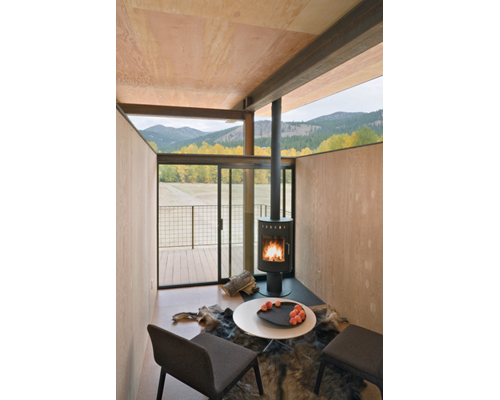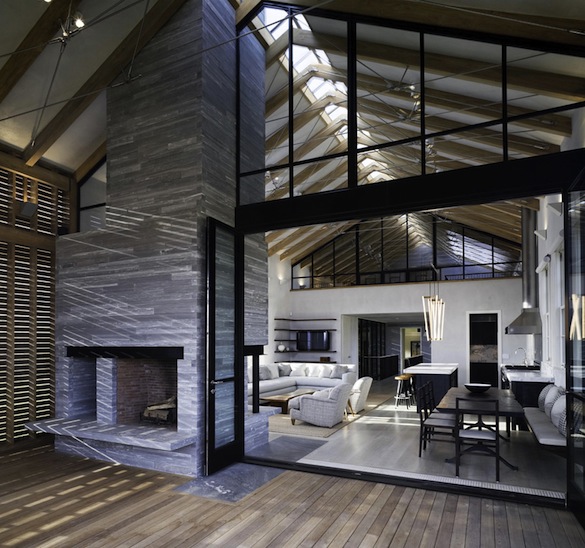Welcome to the most important part of the design process and woe to those that try and cut this corner altogether, or fail to go through it properly. Believe me, there are those that try, and all regret it without exception. So pay attention and listen up! Ready? Here it is…
Programming.
Sounds technical, and by all appearances it is. So what could it possibly have to do with design and how could it possibly be so important to design? Well, you probably remember the term GIGO from high school or maybe even grade school; Garbage In, Garbage Out. A piece of software, a website, a digital application of any sort, only works as well as its programming. So, in a similar fashion, if you aren’t designing with the right information, you are doomed from the start.
Especially when it comes to designing small, programming is about asking the right questions and answering them honestly and thoroughly. It includes questions to which you think the answers are obvious, but beware, this is where assumptions and misperceptions live and they have the potential to undermine everything. It’s not all about avoiding disaster though – programming is the best part, the most exciting part. Programming is where creativity is born and takes root, where opportunity hides, and where magic waits to transform your project.
A quick moment has to be taken here to shamelessly plug the profession of which I proudly belong – architecture. But this is exactly where design professionals show their experience and talent, and value. Working with a professional saves time and improves the quality and potential of the end product. Save a dollar here and spend hundreds later as a little good planning goes a long way. I’d say “trust me”, but we’ve all experienced rushing into something that we didn’t give due attention beforehand, and we paid the price. As most people will likely only engage a design professional once in their lives, if that, it’s important to not learn this lesson after suffering the consequences.
Now, it’s so tempting to jump straight into the fun stuff, but as with any building you have to build a good foundation first. We start with the three biggies; budget, schedule, and quality. To the best of your ability, be specific and prioritize so that a decision-making framework is established and clear. Some insight on how this works; the more you expect from one, the more the others have to give or else things get hairy really quickly. For example, if you want a lot of house for a little money, plan on lower quality and an expanding schedule. If you have a tight schedule too, then quality will plummet. Say you want high quality but don’t have much time, be prepared to pay dearly for it. The advantage to designing small is that the pressure on all of these items is eased from the start. All things being equal, the less you build, the quicker you can build it and the less it will cost. It’s a win-win-win situation, so congrats on picking the smart path! You can indeed have it all…sort of….
Next we start talking specifics; functions, features, and relationships. Prioritize them again so that everybody understands their relative importance and why. List the functions of your house and sketch them at their most essential. Often these functions are “rooms” but to call them rooms already would be one of those assumptions to be wary of. Be honest with yourself and distinguish between a want and a need. Size spaces to their function and furnish only to accomplish the task (“form follows function”). Watch out for duplicate functions and look for opportunities to overlaps too. Every bit as important, identify what you do NOT want or need, and why.
Discovering the difference between a Want and a Need comes out when answering the question “why”. Be honest and note, if you WANT something bad enough that it is non-negotiable, it does indeed qualify as a NEED. Squeezing out a bunch of low priority Wants is the best way to reduce the area of your house. As you start thinking about the number of “bedrooms” you list, ask some questions. Why three (to pick a common number)? Do you have two kids?, or just one and the other is really just a guest room?, or is there just an assumption that three bedrooms is what the market will want come time to sell? Could two of the “bedrooms” be combined even, as long as there’s some ability to achieve privacy, or could one be storage now and finished later if needed? Of course these questions are numerous and most of the time an answer leads to another question, exactly like a really good in-depth interview.
Sizing spaces for functions is about furniture quantity, size, and placement. In non Master Bedroom sleeping areas for example, are full size beds necessary or can they be twins?, or how about bunkbeds? Can they be pushed into a corner?, built into an alcove?, or even be hideaway like a Murphy Bed? An opportunity in small houses we’ll discuss later in this series is, you can actually buy less but higher quality furniture, and smaller spaces beg for smaller and simpler furniture.
Next, watch out for duplicate functions, as with separate Family and Living “Rooms”, or Breakfast Alcoves, Kitchens with seating, and Dining “Rooms”. Seek instead to overlap or combine spaces with related functions, like only sitting to eat in one centrally located farm-style kitchen area. Last but certainly not least, since circulation constitutes about 75% or more of the actual square footage of a house, consider how to put more functions within reach of the same paths, like with laundry and office functions “in” corridors. A function that’s directly accessible from another space uses much less space than a “walk-in” room dedicated to the function.
Design is fluid process. It’s not always obvious, is rarely quick, and is never all fun and glory as reality shows would have you believe. But it is those nuts and bolts components that make the overall process an enjoyable one, and the result seem so perfect. Others will ask “how could it have ever been anything else?” and you will know the simple truth- it all started with asking the right questions.
Stay tuned for more installments on this topic in the coming weeks. Derek can be reached via email to discuss a specific project.









